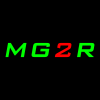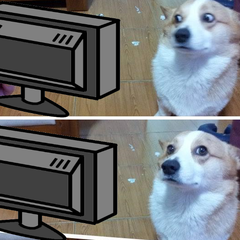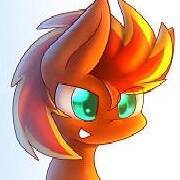-
Featured Topics
-
Topics
-
0
-
LDinos ·
Posted in Troubleshooting2 -
DarkAngelHD123 ·
Posted in Peripherals1 -
6
-
26
-
11
-
21
-
TristenM ·
Posted in New Builds and Planning2 -
torlock ·
Posted in Troubleshooting2 -
1
-


















Create an account or sign in to comment
You need to be a member in order to leave a comment
Create an account
Sign up for a new account in our community. It's easy!
Register a new accountSign in
Already have an account? Sign in here.
Sign In Now